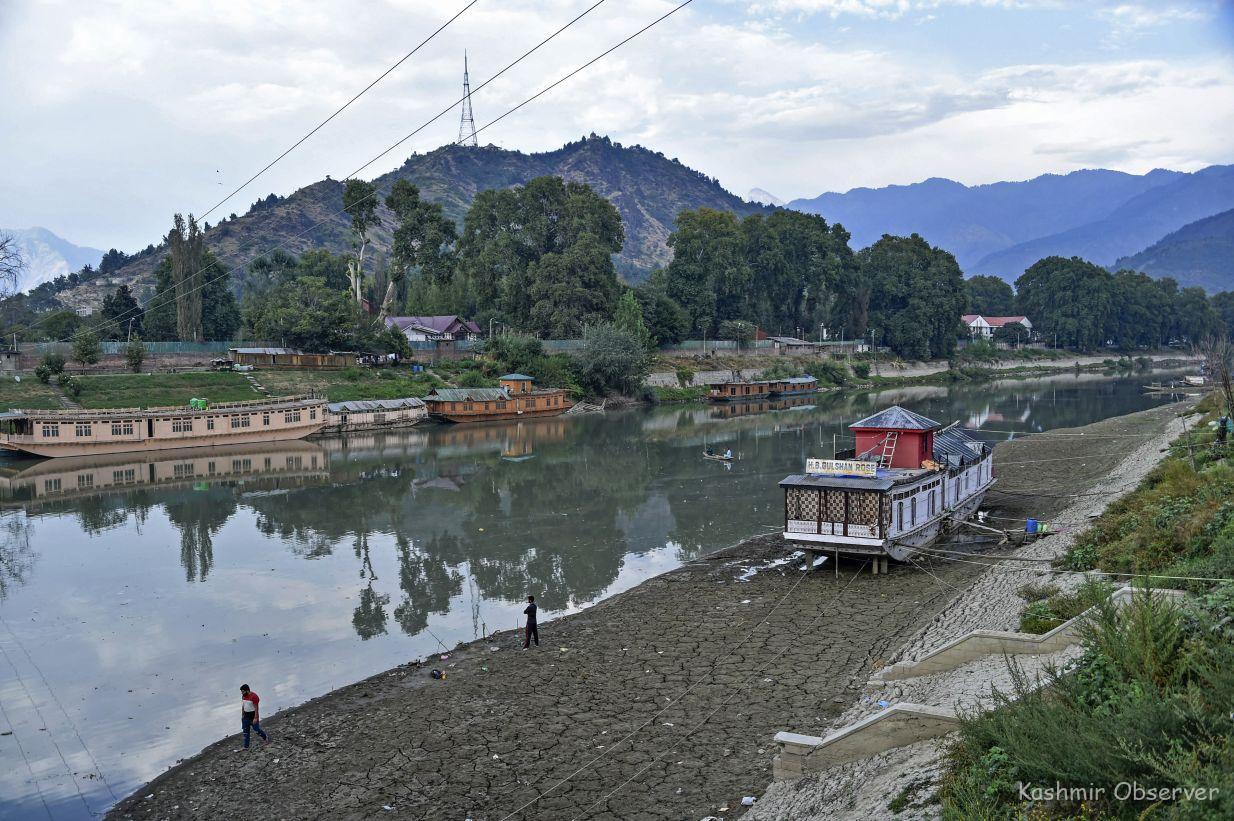
J & K Faces Driest Year In 5 Decades
According to independent weatherman, Faizan Arif, this marks the fifth consecutive year of below-normal precipitation in the Union Territory, raising serious concerns about water scarcity and its impact on agriculture, hydropower, and the overall environment.
ADVERTISEMENTA closer look at the rainfall trends over recent years highlights the alarming pattern: 2023 recorded 1146.6 mm (7% deficit), 2022 witnessed 1040.4 mm (16% deficit), 2021 saw 892.5 mm (28% deficit), and 2020 experienced 982.2 mm (20% deficit). With the 2024 figures nearing the previous low of 802.5 mm recorded in 1974, the region's precipitation levels continue to dwindle, pointing towards a concerning long-term trend.
ADVERTISEMENTThe data reveals that January recorded a staggering 91% shortfall, while February and March saw deficits of 17% and 16%, respectively. Although April offered some respite with a 48% surplus, it was the only month to witness excess rainfall. Deficits resumed from May onwards, with shortfalls of 67% in May, 38% in June, 36% in July, and 2% in August. The situation worsened toward the end of the year, with deficits of 41% in September, 74% in October, 69% in November, and 58% in December.
“The impact of such deficits is already visible across the region. Reduced water availability is severely affecting agriculture, impacting crop yields and livelihoods of farmers. Hydropower generation, a crucial source of energy for the region, has been significantly impacted due to decreased water flow in rivers,” Faizan said.
Read Also Deficit Rainfall in J&K Goes Up To 81% Weather's Double Blow: Freezing Temp & Rainfall Deficit Hit J&K“Moreover, the dwindling water resources are raising concerns about drinking water availability and sanitation in several areas.”
Experts have attributed the declining rainfall to climate change, with rising global temperatures impacting weather patterns. The prolonged dry spells have emphasized the urgent need for climate adaptation measures and comprehensive water management strategies in Jammu and Kashmir.
Follow this link to join our WhatsApp group : Join Now
| Be Part of Quality Journalism |
| Quality journalism takes a lot of time, money and hard work to produce and despite all the hardships we still do it. Our reporters and editors are working overtime in Kashmir and beyond to cover what you care about, break big stories, and expose injustices that can change lives. Today more people are reading Kashmir Observer than ever, but only a handful are paying while advertising revenues are falling fast. |
| ACT NOW |
| MONTHLY | Rs 100 | |
| YEARLY | Rs 1000 | |
| LIFETIME | Rs 10000 | |
CLICK FOR DETAILS

Legal Disclaimer:
MENAFN provides the information “as is” without warranty of any kind. We do not accept any responsibility or liability for the accuracy, content, images, videos, licenses, completeness, legality, or reliability of the information contained in this article. If you have any complaints or copyright issues related to this article, kindly contact the provider above.






















Comments
No comment